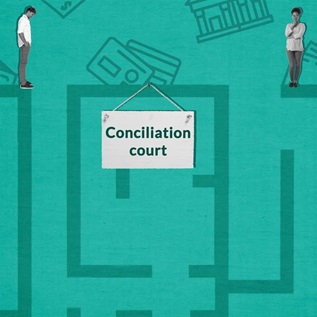Neighborhoods and the Black-White Mobility Gap
QUICK SUMMARY
One of the most powerful findings of the Economic Mobility Project's research to date has been the striking mobility gap between blacks and whites in America. This 2009 report explored one potentially important factor behind the black-white mobility gap: the impact of neighborhood poverty rates experienced during childhood.
Using the Panel Study of Income Dynamics (PSID), the report focused on blacks and whites born from 1955-1970, following them from childhood into adulthood. The first section of the paper investigated relative intergenerational mobility; whether neighborhood poverty in childhood impacts the ability of both black and white adults to move up or down the income ladder relative to the position their parents held. The second section investigated whether changes in neighborhood poverty rates experienced by black children affected their adult incomes, earnings, and wealth. Finally, the third section provided an overview of the possible policy implications of the results.
Key Findings
-
Experiencing high neighborhood poverty throughout childhood strongly increases the risk of falling down the income ladder.
-
Only a very small percentage of white children live in high-poverty neighborhoods throughout childhood while a majority of black children do—a pattern that hasn't changed in thirty years.
-
Neighborhood poverty explains one-quarter to one-third of the black-white gap in downward mobility.
-
The report's analysis also suggests that black children who experience a reduction in their neighborhood's poverty rate have greater economic success in adulthood than black children who experience poverty rates that increase or are stable.
-
Reducing the concentration of poverty in their neighborhoods could strongly impact children's economic mobility.











